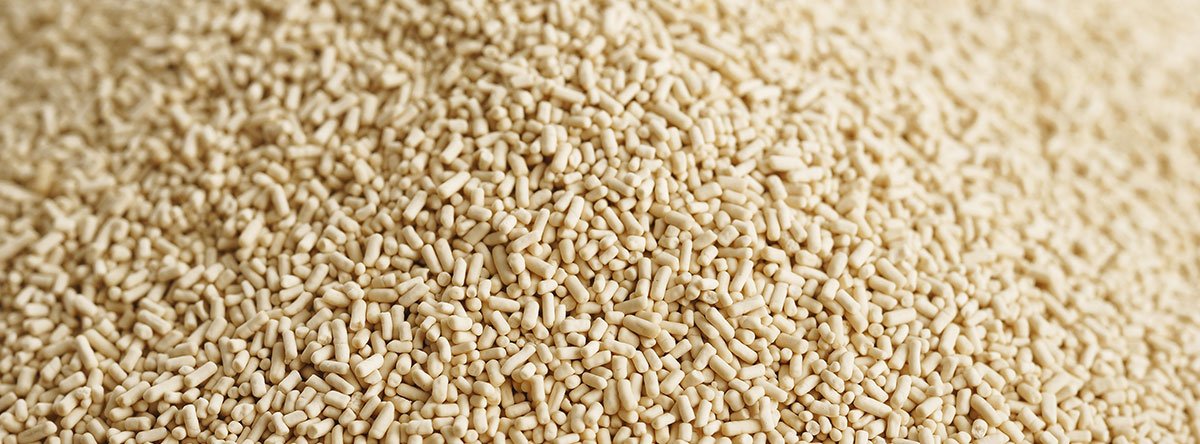We live in a progressive era were science, technology, and communication has improved the quality of life for billions of people around the world. Every day new discoveries are made and the knowledge we obtain from those discoveries are used as tools to advance our society.
Not all the knowledge can be used to better mankind, in some cases we have made poor decisions with the technology only to realize our mistake all too late.
We can only hope that with the new knowledge that we accrue, an even greater responsibility for its’ use is adapted.
A research laboratory at Stanford University has developed a method where they use baker’s yeast to develop the chemical compounds that make up hydrocodone without using the opium from poppies.
Understanding the Science
Inside every tiny baker’s yeast cell is instructions on how to make sugars and important proteins for the yeast’s survival. Years of research has given us the blue prints and the tools to manipulate what the yeast produces.
Scientists have modified baker’s yeast over the millennium to produce chemical compounds that wouldn’t normally be found in yeast. The lab at Stanford University has published their research demonstrating the manipulation of baker’s yeast to create medical compounds, hydrocodone, from sugar.
Since baker’s yeast reproduces exponential and has a short incubation time of 3 to 5 days, hydrocodone is being synthesized at an exponential rate with a final product in less than a week.
The article, Scientists Engineer Yeast to Turn Sugar into Hydrocodone, shares the lead scientist’s, Christina Smolke, explanation of here research, “We essentially put DNA into the yeast cells that give it the instructions to build a chemical assembly line process that ends with the medicines we want,” Smolke explains, “After reading the “instructions” in its DNA, the cell will produce protein molecules that can take sugar from the environment, break it down, and rebuild it into the drugs — in the same general way that yeast usually breaks sugar down and turns it into alcohol.”
From Sugar to Hydrocodone
The hard work is not over just yet, Smolke’s yeast is capable of making a direct conversion from sugar to hydrocodone, as well as sugar to thebaine, a precursor of opioid compounds. This research could essentially take the place of the poppy flower in the production of pain medication. Regardless of these amazing discoveries refinement will still be required in creating a final product and since yeast is so small the amount generated by the yeast is also small.
Right now, over 4,000 gallons of the bioengineered yeast is required to make a single dose of pain medication. To put this in perspective, an Olympic size swimming pool hold 660,000 gallons of water; if that pool was used to incubate Smolke’s yeast, only about 150 dosages of hydrocodone could be synthesized.
The Risk and the Reward
With this breakthrough in technology, one could only image the possible negative repercussions that could manifest from this research. Heroin abuse is rapidly rising in the United States and with the increase in potency of prescription narcotics, one could only image the length of abuse this technology could have on the population.
“It is of course important to be aware of the potential for abuse of this technology and to put safeguards in place that prevent abuse. The demonstration that the engineered strain does not produce thebaine under home brew conditions is reassuring, but cannot be relied on in itself to safeguard against abuse.”
Regardless of the ramifications of potential abuse, this technology paves the future for other medications to be synthesized by the simple organism.
In fact, a similar bioengineered yeast has been synthesizing anti-malarial drug called Artemisinin, which has helped thousands of people in third world countries. Nearly one third of the world’s supply of Artemisinin is created using the yeast assembly line.
The Fear is Real
Voltaire couldn’t have been more accurate, with great knowledge comes great responsibility. If this technology falls into the wrong hands ‘cooking’ hydrocodone could cost those who are addicted to this opiate their lives.
The TV series Breaking Bad has inspired and educated many on the complexities and risks in making your own drugs, could Smolke’s yeast become the next Krokodil or Bath Salts of this generation.
Do you think that with this technology the addiction to opiate derived drugs will increase or get worse?
Share, comment, shout, complain or all of the above below. Your opinion matters!










